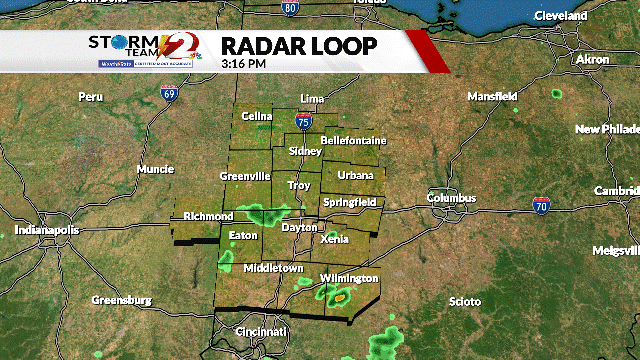DAYTON, Ohio (WDTN) — 11-year-old William McCoy was diagnosed with sickle cell anemia at birth.
“I think I found out about it when I was about 4-years-old,” he explained.

For a patient like William, pain can be a common problem. It happens when the sickle-shaped red blood cells, which causes the disease, get stuck in small blood vessels and blocks blood flow.
“My first pain crisis was at 5-years-old. I think I felt it in my chest when me and my mom were doing crafts. It felt like a sharp pain like something just sucking me inside out,” said William.
According to the CDC, about 1 in 13 African American babies in the U.S. are born with the sickle cell trait. For many living with the disease, blood transfusions provide relief from the pain.
“His first transfusion was when he was 1-year-old. We were living in Cheyenne, Wyoming and my husband was in the military at the time. We had flown home and we were in Alabama for a couple of weeks and when we got back, William passed out,” said Donna McCoy, William’s mother.
Living in Wyoming, the family had to drive two hours to the nearest children’s hospital in Colorado. McCoy said luckily William has only needed four transfusions in his life. The average person with sickle cell disease may need up to 100 pints of blood a year.
Gavin Patch, the laboratory supervisor at the Community Blood Center said, “There’s certain antigens that African Americans have and don’t have,” which often makes it challenging to match a patient with a donor.”
In fact, African Americans make up 13 percent of the U.S. population, but less than 3 percent of blood donors. Though it’s not an easy ask, the CBC is calling on people of all ethnicities to give blood and help increase the pool of diverse donors.
You can visit the CBC website to schedule an appointment.





















































